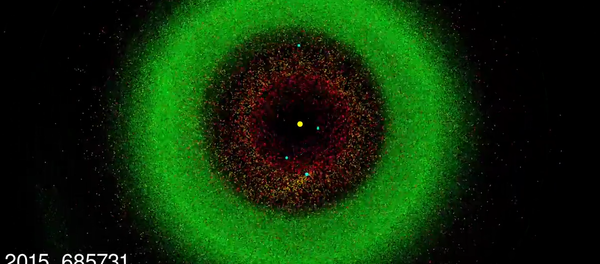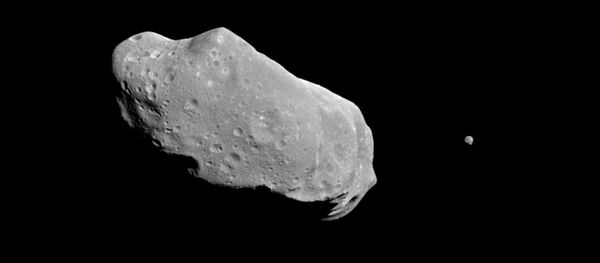That speed won’t prevent those who’d like to observe the rare occasion from doing so — as long as they have access to a telescope. The best time for viewing is at its closest point of approach, believed to be around 11:14 am ET.
Big asteroid will safely pass Earth on Halloween http://t.co/3giw9bgzon Biggest until 2027 1.3 X moon's distance pic.twitter.com/DekT88svhF
— EarthSky (@earthskyscience) October 19, 2015
The asteroid, named 2015 TB145, was identified by NASA only two weeks ago, which is considered to be fairly short notice for space observers.
“The asteroid is on an extremely eccentric and a high inclination orbit,” NASA said in a statement, explaining why the asteroid had previously gone unobserved.
Moreover, NASA noted, 2015 TB145 has an “erratic orbit,” which means they can’t predict its path with certainty.
Still, the space agency stresses that there’s no need for concern.
Once TB145 passes, it will take quite a long time for the next asteroid of similar size to come so close to our planet.
“This is the closest approach by a known object this large until 1999 AN10 approaches within 1 lunar distance in August 2027,” the statements reads.
NASA disproved those theories, stressing that all Potentially Hazardous Asteroids have less than a “0.01 per cent chance of impacting Earth in the next 100 years.”




